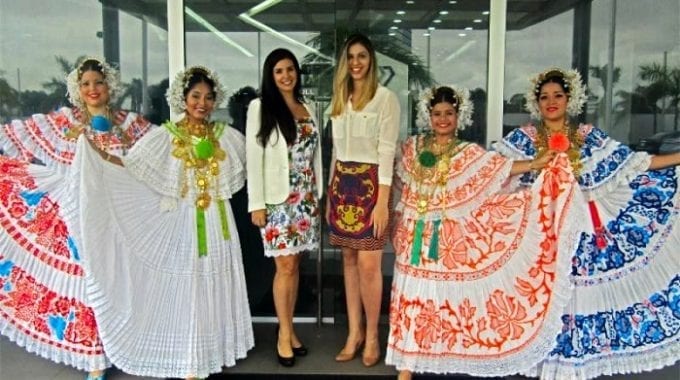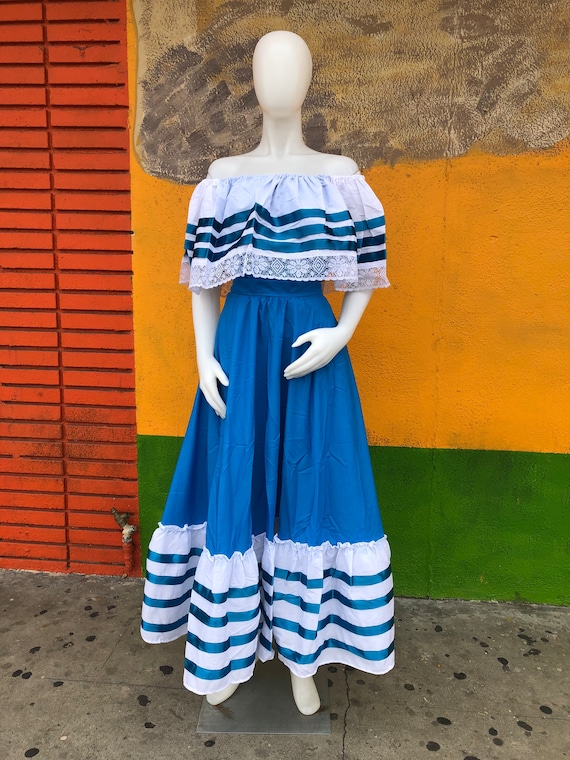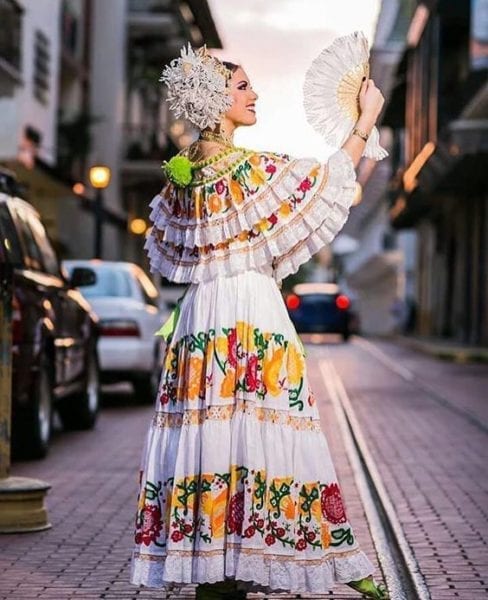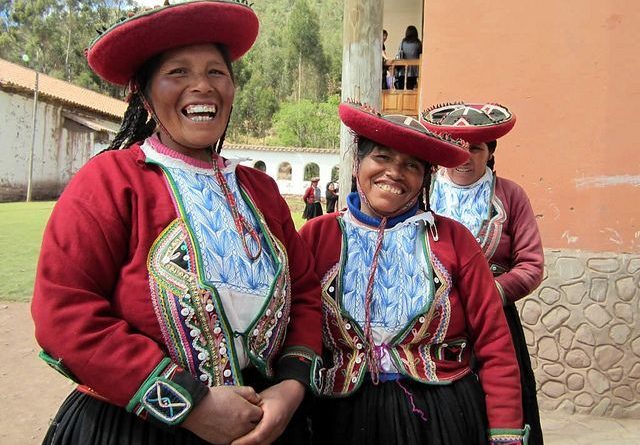### 1. **Gaucho Attire**
The gaucho is an iconic figure in Argentine culture, similar to the cowboy in North America. Gauchos are the horsemen and cattle herders of the Pampas, and their traditional attire is still celebrated and worn during cultural events.
- **Bombacha**: These are baggy trousers designed for horse riding. They are comfortable and durable, typically made from cotton or wool.
- **Boots**: High leather boots are worn for protection and comfort while riding.
- **Belt**: A wide leather belt, often decorated with coins or elaborate buckles, known as "rastras."
- **Poncho**: Gauchos wear a poncho for warmth, which is a large piece of fabric with a hole in the center for the head.
- **Hat**: A wide-brimmed hat made of felt or wool is worn to protect from the sun.
### 2. **Folkloric Dress**
During traditional festivals like the National Festival of Folklore in Cosquín, participants wear region-specific folkloric costumes that reflect the diverse cultural heritage of Argentina.
- **Women**: Traditional dresses for women often include full, colorful skirts adorned with frills and floral patterns, paired with a plain blouse. Shawls and sashes are also common accessories.
- **Men**: Men might wear gaucho-style trousers with a shirt, a poncho, and sometimes a boina (a traditional flat cap).
### 3. **Tango Attire**
Tango, the world-renowned dance that originated in the lower-class districts of Buenos Aires, also has its own traditional attire:
- **Women**: Dresses are usually elegant and form-fitting, often with high slits for ease of movement. The use of vibrant colors and intricate designs is common.
- **Men**: Typically dress in a suit or a tuxedo to complement the formality and elegance of the dance.
### 4. **Indigenous Dress**
The indigenous communities of Argentina, such as the Mapuche, also have traditional attire that is specific to their culture. This includes:
- **Women**: Often wear brightly colored dresses with unique geometric patterns. Silver jewelry and headbands can also be part of the ensemble.
- **Men**: Wear ponchos with distinctive colors and patterns typical of their particular community.
### Regional Variations
Different regions in Argentina may have variations in their traditional attire based on local customs, climate, and historical influences. For example, in the northwest, you might find more Andean influences with the use of brighter colors and more elaborate patterns due to the proximity to Bolivia and Peru.
Traditional Argentine attire is a vibrant and integral part of the nation's cultural expression, showcased during festivals, parades, and national celebrations.

1080 × 1080
Source:https://www.etsy.com/listing/1460601973/argentinian-dress-classic-argentina

600 × 600
Source:https://www.shutterstock.com/search/argentina-national-costume

459 × 612
Source:https://www.istockphoto.com/photos/traditional-clothing-in-argentina

380 × 680
Source:https://vamospanish.com/discover/traditional-dress-latin-america/

760 × 570
Source:https://www.etsy.com/listing/1207365773/traje-de-argentina-traje-de-guatemala

1600 × 1200
Source:https://www.ebay.com/itm/125722434273

310 × 236
Source:https://www.pinterest.com/lopez7535/argentine-dress/

600 × 488
Source:https://vamospanish.com/discover/traditional-dress-latin-america/

445 × 640
Source:https://www.visitargentina.net/guide/argentina-guide/traditional-argentinian-clothing.html

280 × 369
Source:https://www.shutterstock.com/search/traditional-costume-argentina
